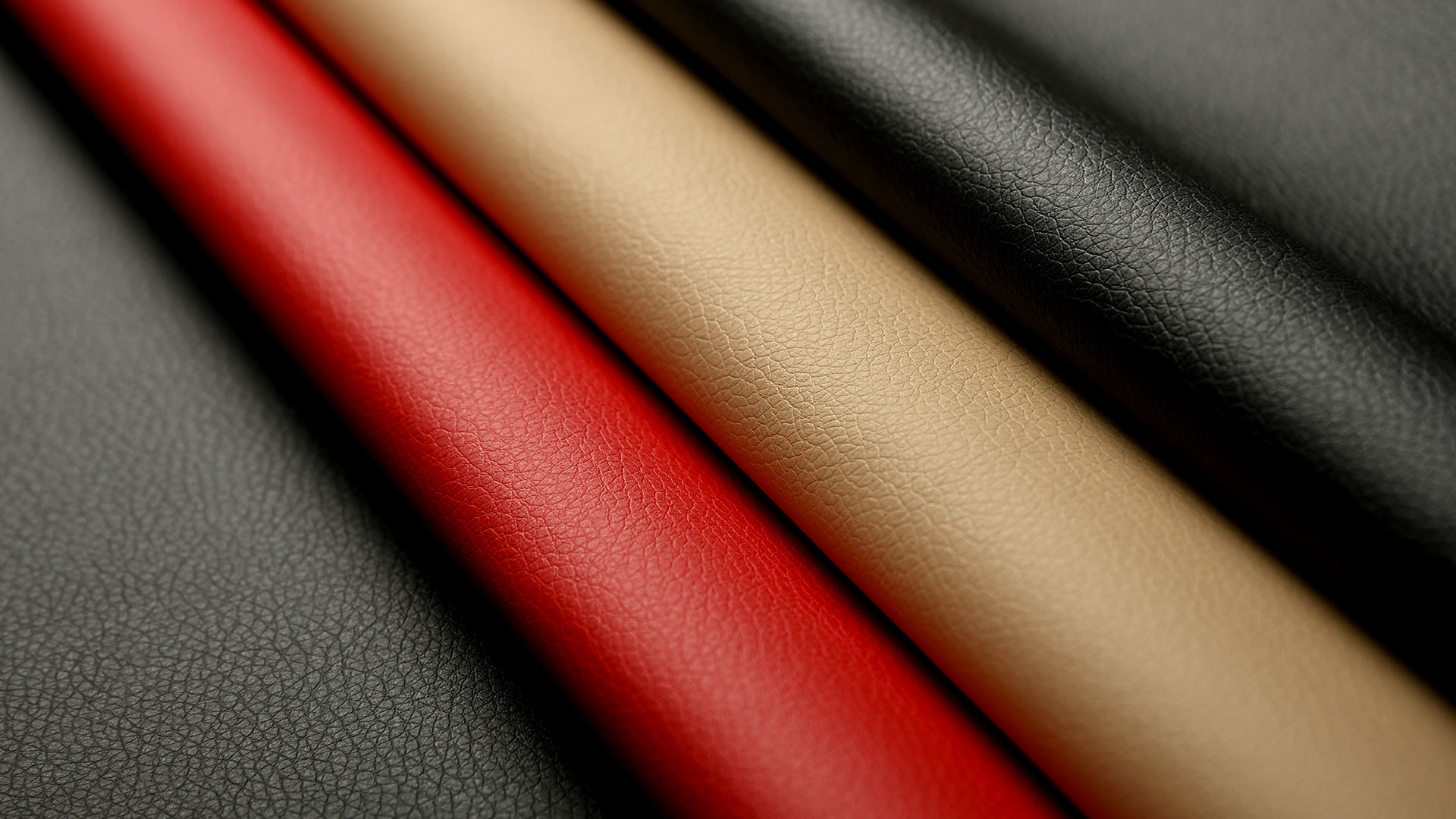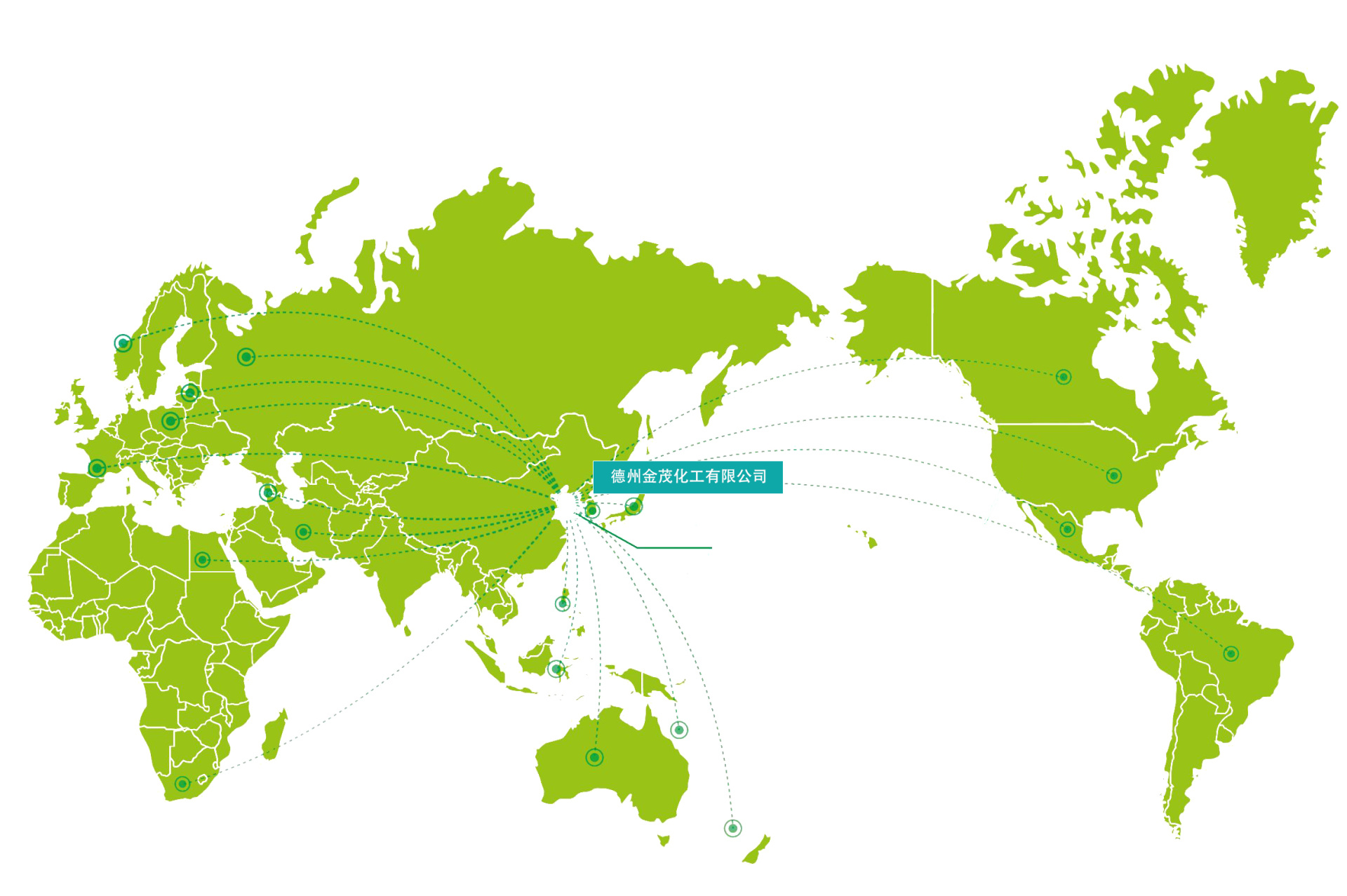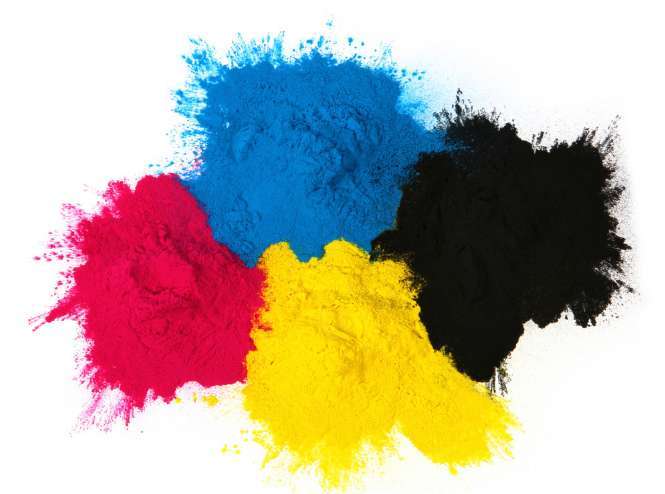How is leather dyeing carried out? What factors affect it?
How to dye leather dye? What factors affect it?

The methods for dyeing leather dye are as follows:
1. One-step dyeing method: Before dyeing leather dye, this method can prepare the dye by dissolving it in high-temperature water, stirring evenly, adjusting the bath temperature and water volume in the drum, adding the dye solution from the shaft hole, and continuing post-treatment or fixing for enough time. This method has good uniformity.
2. Gradual dyeing method: Mix the leather dye evenly, first add a portion, fix the color after dyeing, and then some operational procedures can be inserted, such as retanning, drying, and tempering. The remaining dye is then added to the dyeing process. This method is sometimes referred to as pre-dyeing and re-dyeing, or penetration dyeing and surface dyeing, which can make the leather rich and colorful.
3. Asynchronous dyeing method: Currently widely used in tanneries. It can save dye costs and adjust the surface tone. This is based on the different permeability of leather dye or when there is no requirement for the internal and external tones of the leather to be completely consistent.
4. Fixed dyeing: The leather becomes richer and more colorful. However, it is not easy to achieve uniform dyeing and is inconvenient to operate. Usually, anionic dyes are used for dyeing, fixing, and then cationic dyes are applied. This method is widely used in organic tanning, re-tanning, and synthetic tanning agent re-tanning. Even a small amount of leather dye can achieve rich tones.
Leather dyes contain acidic groups (also known as anionic dyes) in their dye molecules, which combine with the amino and ionic groups of protein fiber molecules, suitable for acidic, weakly acidic, or neutral conditions. Dyes usually have their own colors and are compounds that make other substances bright and firm in molecular or dispersed states.
Leather dyes not only directly affect the dyeing of protein fibers but also influence the composition, chemical properties, and physical state of the fibers and the dye itself, as well as external conditions such as the pH value of the dye solution, temperature, and electrolyte addition.
(1) pH value of leather dye
When the pH value of the solution is low, wool carries a positive charge, and there are many opportunities for wool to combine with inorganic anions (chloride ions or sulfate ions) and dye anions, making it easy to dye.
Therefore, by adjusting the pH value of the dye solution, the amount and speed of wool adsorption of the dye can also be adjusted. Adding acid in this process increases the concentration of hydrogen ions in the salt bath, which can be added multiple times to achieve uniformity.
(2) Adding electrolytes
The effect of adding electrolytes in wool dyeing is related to the pH value of the salt bath. That is, when the pH value of the salt bath is lower than the isoelectric point of wool, wool and dye combine to form a salt complex, and the electrolyte plays a role in salting. When the pH value of the salt bath is higher than the isoelectric point of wool, wool and dye combine through hydrogen bonds and van der Waals forces, and the electrolyte plays a promoting role.
(3) Temperature
The relative molecular weight of leather dye is about 300 to 800. The scale layer of wool has a significant impact on the diffusion of dye, so dyeing requires boiling and extending the time. To prevent uneven dyeing, the initial dyeing temperature should be low and then gradually raised to boiling temperature. Adjusting uniformity is very important.
Latest developments







